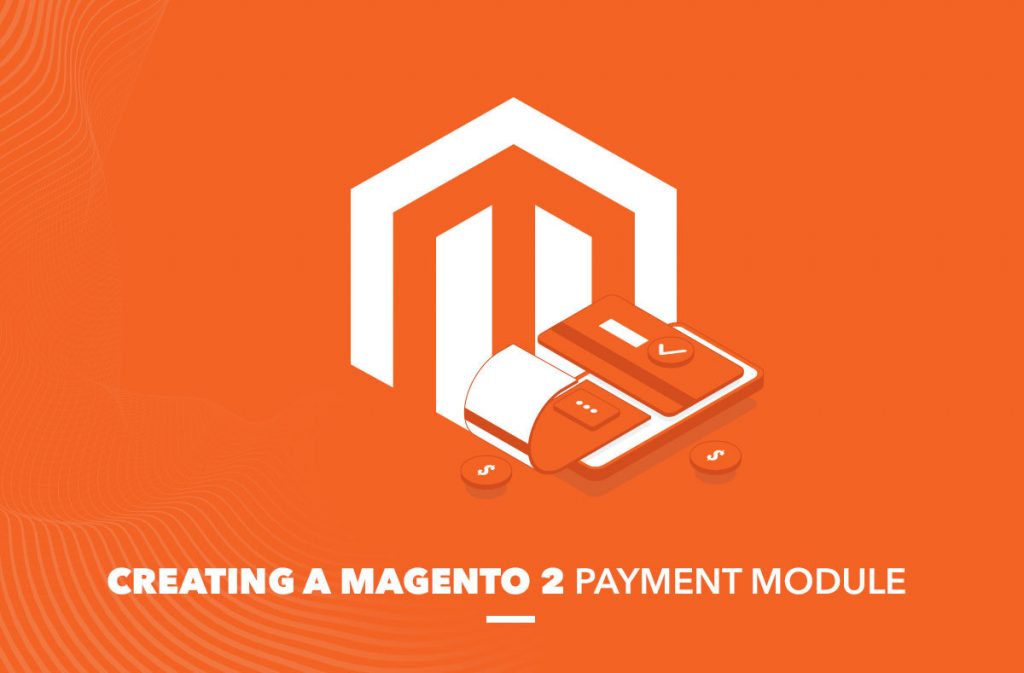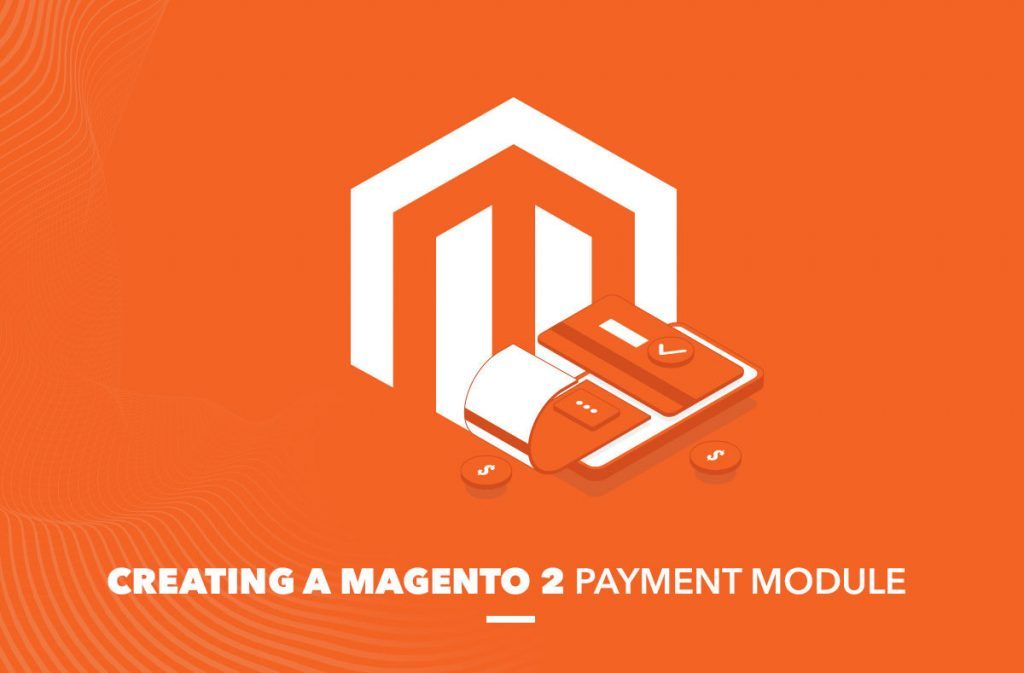
Magento is the most popular open-source eCommerce platform which offers the flexibility and power that comes with the advanced features and customization options. Here, Magento has helped many companies to grow and make their business ideas into reality. Now, they are coming up with Magento 2.0, and it's going to help companies to share and sell their products online.
When you want to create an eCommerce website using Magento, you will need to introduce as wide a variety of payment options as possible. In this blog, we will give you some steps to take when you want to introduce a variety of payment options on your Magento website. You will also learn how to create your own Magento payment plugin.
Why Choose Magento for your Online Shop?
Magento is one of the most popular e-commerce platforms that e-commerce stores use. Over 250,000 merchants worldwide use Magento as the e-commerce platform for their e-commerce store. According to LitExtension’s in-house data, in 2020, Magento was one of the three platforms that merchants migrated to the most, while only a minority of store owners chose other carts.
Magento is a powerful platform that has the capabilities to help you grow your business. Magento has a lot of tools that can help you increase your sales and build your brand. Let’s check the benefits that Magento offers for business owners.
1. Open-source
Magento is a free open-source e-commerce platform built for businesses of all sizes. It has a wide range of online shopping solutions for a variety of channels and business types. Magento Community Edition is free and available for anyone to use and customize. For those who are experts in Magento, the CE is a great solution to create their own e-commerce website.
2. Strong community
Magento offers an open-source platform, which means that developers can implement custom solutions and extensions to the platform. It can be modified easily to meet the needs of different e-commerce businesses, which can help create a unique and differentiated branded experience for customers.
Magento has the ability to adapt to change and this is a key factor in the success of an online business. It has the ability to grow your business and has the potential to be modified to meet the needs of the business.
3. High performance
Magento is the best e-commerce software when it comes to page load time, query processing time, and other dynamic or static operations. It ensures the optimum performance of your website while using minimal server resources. The Magento platform is highly customizable and scalable. It is able to support a broad range of business needs.
4. Mobile-friendliness
If you want your online business to succeed, you must provide your customers with a mobile-friendly experience. Magento has the ability to empower mobile-savvy buyers with an easy-to-use and user-friendly shopping experience. It is built to be mobile-friendly, and its responsive design makes it easy for your customers to navigate and shop on their phones. Magento is compatible with the latest mobile operating systems.
5. Easy integration
Magento is well-known for its ease of integration with third-party services and tools. This makes it a favorite for many e-commerce websites. Magento comes with many integrations — payment gateways, database applications, transportation, shipping, order tracking, CRM, etc.
The platform can be scaled up and down as required by the business and has a built-in Google suite of tools that can be used to easily track how visitors are interacting with your online shop.
Magento's payment processing
Magento 2 payment gateways are the most advanced in the market. They support a wide range of ready-made payment methods, employ integration with various payment gateways and systems, such as credit cards, PayPal, Google Pay, and more.
These connections allow you to create and process transactions based on order details. It can be used on a variety of devices, including desktop computers for web-based transactions and mobile devices for in-store transactions. It also offers a powerful admin interface for easy configuration and management.
Magento 2 payment gateway benefits
1. Customer base retention
Magento provides a wide range of payment options to its customers. For example, they provide debit cards, PayPal, and credit cards. As a business owner, you'll be able to retain customers by offering different payment methods. With a wide range of payment options, your customers are less likely to leave because they have their favorite choice.
2. Attracting new customers
As the market changes, so do the customers. They are more demanding, they are exposed to new payment methods, and they have a wider array of choices. In order to attract a new audience, you have to have a payment gateway that can keep up with the times. For example, you can use a payment gateway that supports all the latest smartphone payment apps. This can attract a new generation of customers.
The millennials are demanding, and they want to be able to order from a range of choices and be able to pay for all their products on the go.
3. Reducing the costs
When dealing with high fees, you could consider reducing costs by introducing extra payment methods that offer a lower fee per transaction. There are a lot of ways to do this. For example, you could introduce a mobile payment method in Magento with a low fee per transaction. Thanks to this, the inflow of profits will increase, which will allow you to cover commissions in more expensive ways.
4. Increased cash flow
If you stick to one payment gateway in Magento 2, you will not be able to see the amount of money you receive to your account immediately. If you choose a different payment gateway, you will not be able to see the receipt of money to your account immediately, but you will gain more cash flow because of a plurality of payment methods.
Payment module customization
If you need more advanced payment functionality, you can create a custom payment module and easily integrate your online store with almost any third-party solution. You can customize the module's behavior, add additional fields, or even create new ones.
A payment gateway for Magento 2 also supports multiple payment methods and payment histories, which makes it easy to integrate with complex payment solutions, such as the one that a business might use to process credit cards.
Magento security
Magento's payment processing security is a great option for e-commerce merchants who want to ensure the safety of their customers' sensitive credit card information. Magento's payment gateways and platform guarantee PCI compliance and provide a safe and secure way to store credit card information.
How to Create a Magento Payment Module
When creating a custom payment method, the developer needs to know which payment systems to use and how many payment methods to offer. The developer will also need to have the API keys, secret keys, and API signatures for the payment methods and create the Magento 2 payment module's configuration file.
When you are creating your payment module, you need to keep in mind that these modules need to be compatible with the currency that you will be using in your store. In order to support multiple currencies, you need to create a new Magento 2 payment method.
If there are any specific business needs, such as discounts, the team will have to create separate payment modules for them.

Key steps of developing a payment module
1. Go to payment.xml file in "/etc/payment" directory and select the necessary configuration and functions
2. Configure the server’s basic parameters at "Model/Payment/Simple.php"
3. Introduce the front-end changes that will display the payment method to the customer ("/view/frontend/layout/checkout_index_index.xml", "/view/frontend/web/js/view/payment/simple.js" and "method-renderer/simple-method. js");
4. Set up a payment processing model ("/view/frontend/web/template/payment/simple.html").
When it’s done, you need to edit the files and refresh the “Configs” cache so that the changes go live. The Configs cache is an expiration cache that stores information about previously modified configuration options.
Tips on implementing a Magento payment module
When configuring a Magento payment module, you need to change several layouts and templates. To do this, you need to disable layout and HTML rendering modules, page caching, etc. When you are done, enable them back again, so that Magento 2 knows to use the original layout and HTML.
Magento 2 payment modules must be created as user interface components, and not as the default Magento 2 code. This means that you cannot edit the default code, and need to add your settings to a separate Magento 2 module. To correctly apply the checkout settings, the custom module should be derived from "Magento_Checkout". The dependencies of the module are specified in the "composer.json" file.
When you are working with Magento classes, you need to keep all the cache types enabled. At the same time, you need to clean "/var/di" and "/var/generation" folders to enable Magento to create the modules during the change of the public classes.
You can disable or update cache types, such as "View Backup Files" and "Preview Files in Progress" while working with JS and CSS files. To do this, clear the "/pub/static" folder or enable developer mode. This can be done in the Magento admin panel. Go to System > Configuration > Developer Mode, and click on "Enable Developer Mode." Please note that this action may lower the performance of the online store.
When creating a Magento 2 payment module, make sure that you or the team you order from has enough qualified staff and resources to test the created module at all the stages of its development as extensively as possible. This will make it easier to find issues and bugs in the module. It will also help with creating a successful and error-free payment module.
Conclusion
We hope you enjoyed our blog post about creating payment modules for Magento stores. If you're looking for companies or individuals who can help you to create such a module for your store, we recommend contacting Softloft.
We have specialists who can help you to create and implement payment extensions for Magento stores. You can easily extend the functionality of your store without having to change the platform. If you have any additional questions, please contact us.



